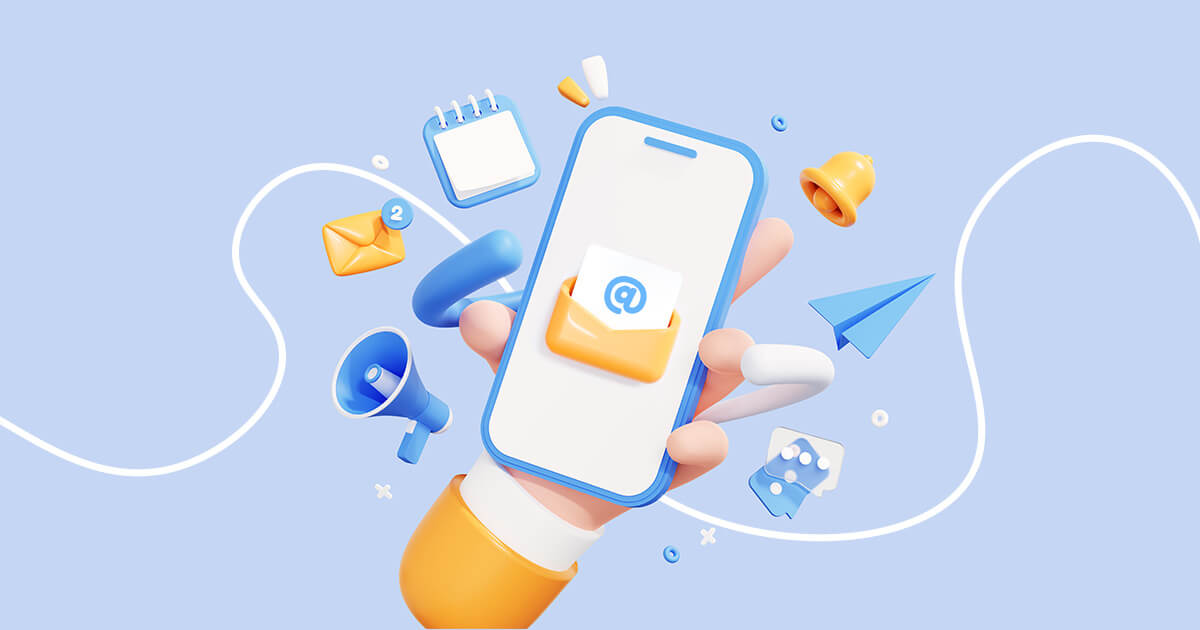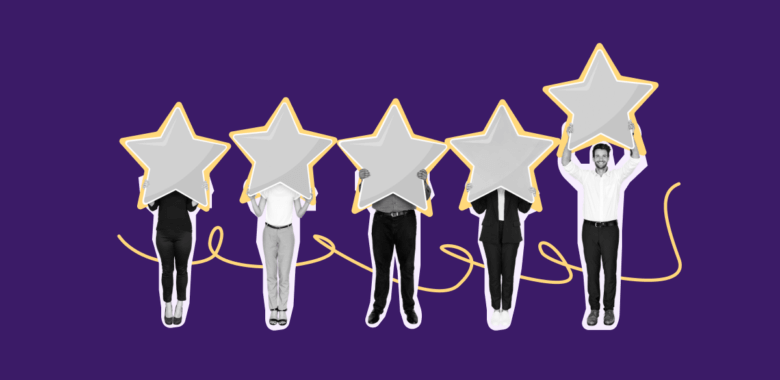How to create an email campaign
After you choose an email campaign type, it’s time to create it. There are several steps, and your campaign’s success depends on how well you will craft it. And with so many options available for crafting an effective email marketing campaign, it can be hard to know where to start. So take some time to create the best campaign out there, by following these basic steps:
-
Set your goals
What is the purpose of your email marketing campaign? Having a purpose in mind will help you choose the type of email to send, as well as the design and information. Set realistic, attainable goals and keep track of your progress. Your metrics should be measurable, like an email list growth rate, leads from emails, number of completed targeted actions, or an income from the targeted actions and sales. It’s important to understand how a particular campaign will help your marketing strategy. Always set a deadline for a specific goal that needs to be reached. Use your current data for meeting new benchmarks. This will help you with managing the process without getting lost.
-
Segment your mailing list
One of the easiest ways to improve your email marketing is to segment the mailing list. Segmentation allows you to send your message to the right people on your list. You can divide your subscribers by interests, age, location, gender, and actions to create smaller groups. Segmented campaigns get a 39% higher open rate. This will help you stay in touch with your target audience and boost your conversion.
-
Write a copy
Whether it’s for a promotional campaign or a personalized customer message, the email copy must be something people want to read. A well-crafted copy helps to get your subscribers to open and read your email. Crafting the perfect email copy might feel like an overwhelming task most of the time, but it’s absolutely worth it when it comes to conversion. It takes time and knowledge to become an expert in email copywriting. And sometimes writing a decent short email is more difficult than writing a full novel.
-
Use A/B testing
A/B testing allows you to see if your email will reach your target demographic without sending it to the complete list. The number of subscribers necessary for testing is determined by the size of your mailing list.
This is how A/B testing for emails works. Subject line #1 will be seen by a small portion of your audience, while subject line #2 will be seen by another small portion. The option with the most opens will be sent to the rest of your audience.




























